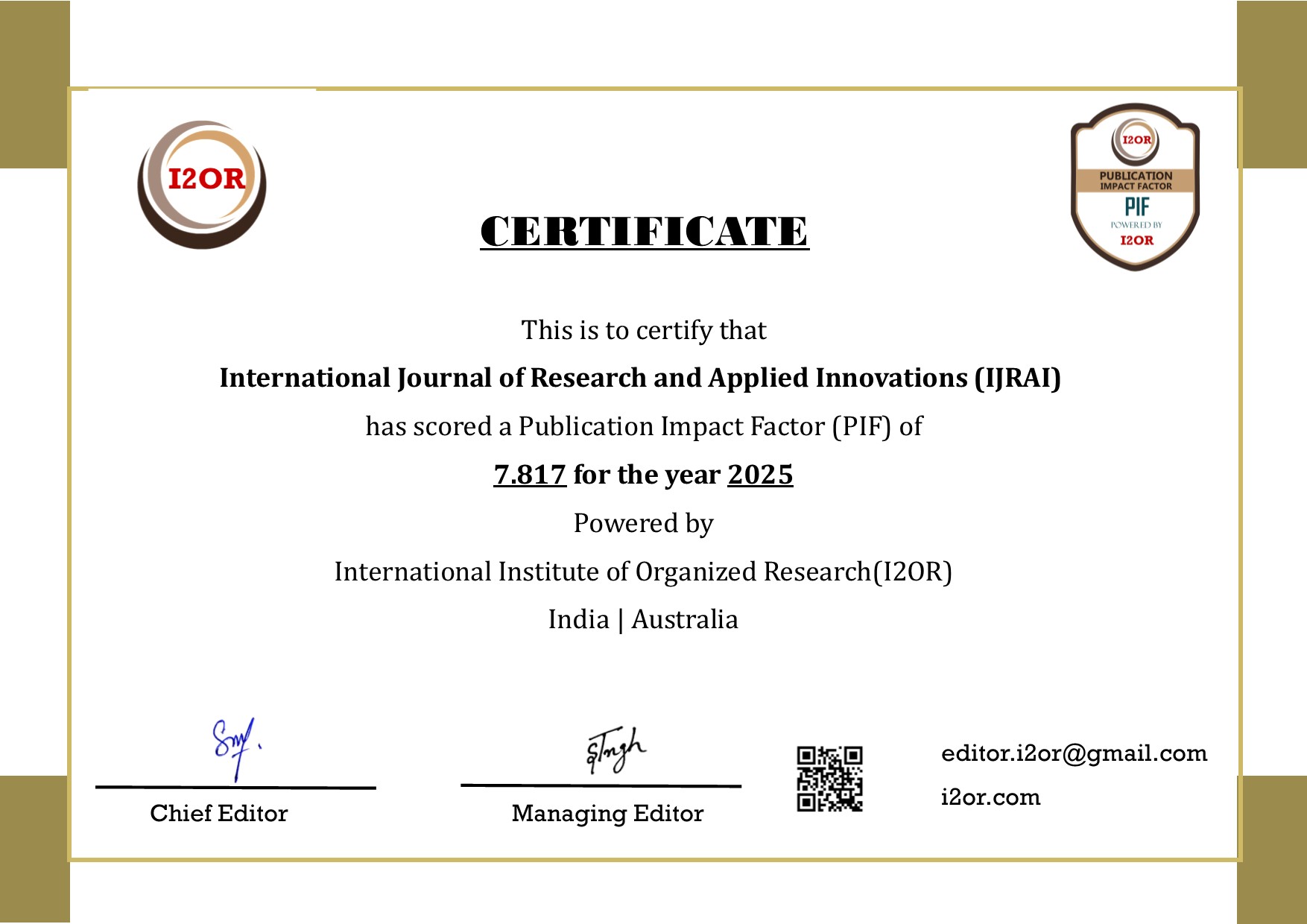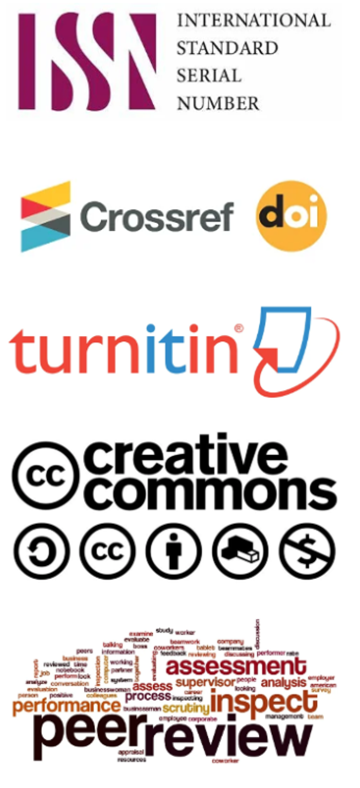AI-DRIVEN WORKFLOW TRANSFORMATION IN CLINICAL PRACTICE: EVALUATING THE EFFECTIVENESS OF DRAGON COPILOT
DOI:
https://doi.org/0.15662/IJRAI.2025.0803005Keywords:
Dragon Copilot, Clinical Workflow Automation, Ambient Clinical Intelligence, Speech Recognition in Healthcare, Electronic Health Record Integration, AI in Clinical PracticeAbstract
Artificial intelligence (AI) in healthcare is transforming clinical workflows; Dragon Copilot by Microsoft gives an innovative making. And, you get the best of ambient listening from DAX Copilot, and real-time speech recognition from Dragon Medical One combined with generative AI to offer a voice-first workspace in one, unified clinical AI assistant. This investigation assesses whether DC is effective in improving workflow efficiency, the quality of clinical documentation, and physician satisfaction. A mixed methods approach was adopted. Measures Quantitative data were collected from 100 clinicians in three hospitals who used Dragon Copilot over 12 weeks. The efficiency of the workflow was measured in time on task analysis and documentation rates. Structured interviews and questionnaires were drawn out of semi-structured interviews and questionnaires. Comparison between their baseline metrics and post-deployment results. Outcomes demonstrate a 38% decrease in documentation time, 29% improvement in patient interaction, and a rise in the quality of documentation. The clinicians have stated that they can now focus on thinking instead of doing, performed lower redundant tasks, and have better usability of EHR with voice command integrated. Utilize a function, ambient listening provided real-time transcription with contextual information, while generative AI assisted with summarizing consultations and drafting referral letters. The study found Dragon Copilot to have a positive impact on clinical productivity and user satisfaction while reducing documentation burden for clinicians, enabling them to focus on patient care. The research suggests that use and development of decision support tools should be extended.
References
1. D. Y. Cao, J. R. Silkey, M. C. Decker, and K. A. Wanat, “Artificial intelligence–driven digital scribes in clinical documentation: Pilot study assessing the impact on dermatologist workflow and patient encounters,” JAAD International, vol. 15, pp. 149 151, Feb. 2024.
2. T.-L. Liu et al., “AI-powered clinical documentation and clinicians’ electronic health record experience: A nonrandomized clinical trial,” JAMA Network Open, vol. 7, no. 9, p. e2432460, Sep. 2024
3. A. Tierney et al., “Ambient artificial intelligence scribes to alleviate the burden of clinical documentation,” NEJM Catalyst Innovations in Care Delivery, vol. 5, no. 3, 2024. [Online]. Available: https://catalyst.nejm.org.
4. R. Bongurala, D. Save, A. Virmani, and R. Kashyap, “Transforming health care with artificial intelligence: Redefining medical documentation,” Mayo Clinic Proceedings: Digital Health, vol. 2, no. 3, pp. 342–347, 2024.
5. S. B. Patel and K. Lam, “ChatGPT: the future of discharge summaries?,” The Lancet Digital Health, vol. 5, no. 3, pp. e107–e108, Mar. 2023,
6. L. Moura et al., “Implications of large language models for quality and efficiency of neurologic care: Emerging issues in neurology,” Neurology, vol. 102, p. e209497, 2024,
7. Zakka et al., “Almanac Copilot: Towards autonomous electronic health record navigation,” arXiv preprint, arXiv:2405.07896, 2024. [Online]. Available: https://arxiv.org/abs/2405.07896
8. F. Mohsen, H. Ali, N. El Hajj, and Z. Shah, “Artificial intelligence-based methods for fusion of electronic health records and imaging data,” arXiv preprint, arXiv:2210.13462, Oct. 2022. [Online]. Available: https://arxiv.org/abs/2210.13462
9. H. Gu, J. Huang, L. Hung, and X. A. Chen, “Lessons learned from designing an AI enabled diagnosis tool for pathologists,” arXiv preprint, arXiv:2006.12695, 2020. [Online]. Available: https://arxiv.org/abs/2006.12695
10. Wang et al., “‘Brilliant AI Doctor’ in rural China: Tensions and challenges in AI powered CDSS deployment,” arXiv preprint, arXiv:2101.01524, Jan. 2021. [Online]. Available: https://arxiv.org/abs/2101.01524
11. S. Imran, T. Mahmood, A. Morshed, and T. Sellis, “Big data analytics in healthcare— A systematic literature review and roadmap for practical implementation,” IEEE/CAA Journal of Automatica Sinica, vol. 8, no. 1, pp. 1–22, Jan. 2021,
12. S. Kaur, “Medical diagnostic systems using artificial intelligence (AI) algorithms: Principles and perspectives,” IEEE Access, vol. 8, pp. 116776–116795, 2020,
13. S. Nasir, “Ethical framework for harnessing the power of AI in healthcare and beyond,” IEEE Access, vol. 12, pp. 123456–123467, 2024,









